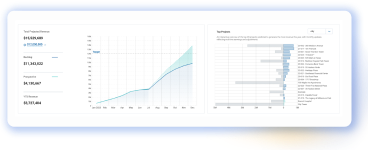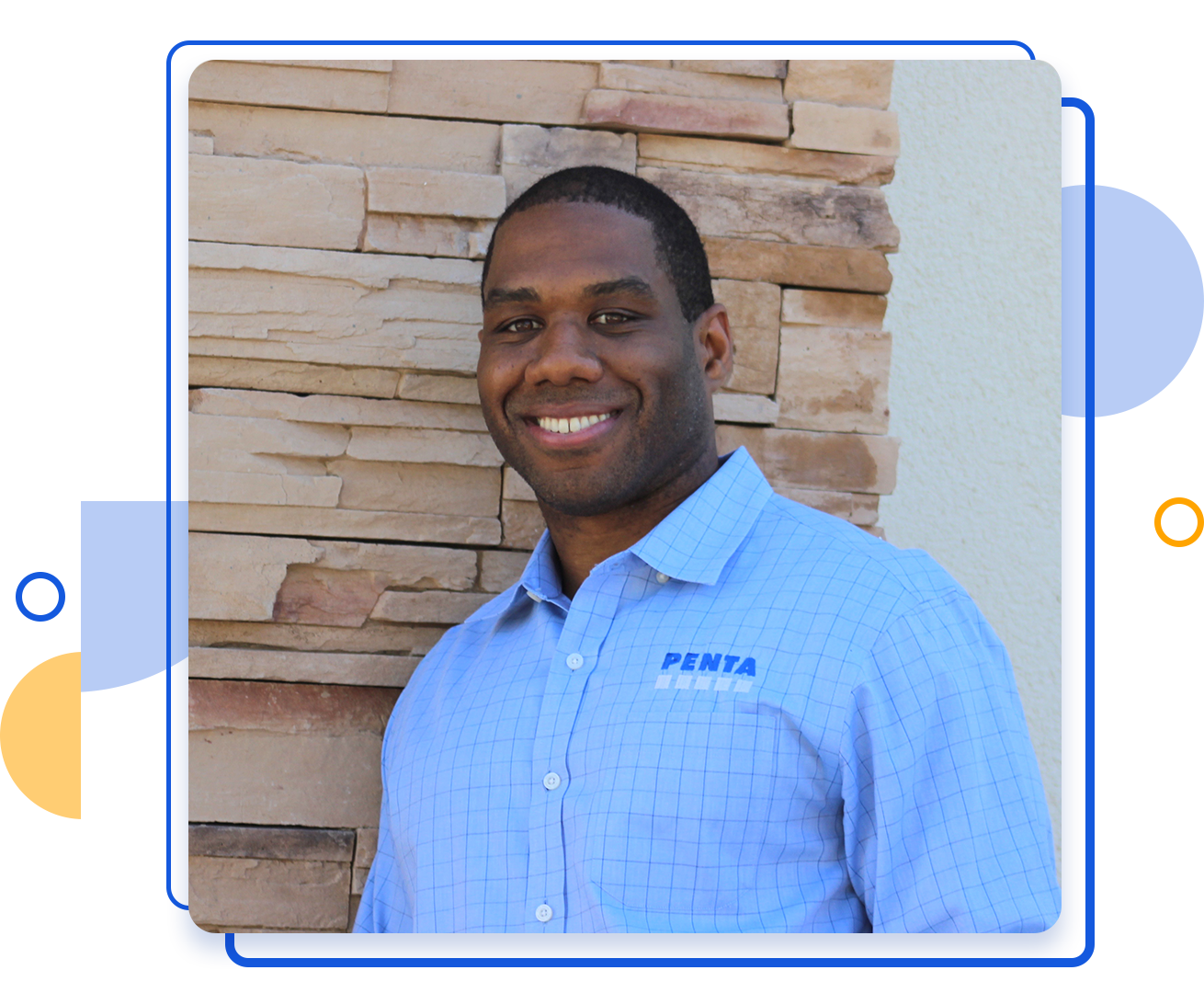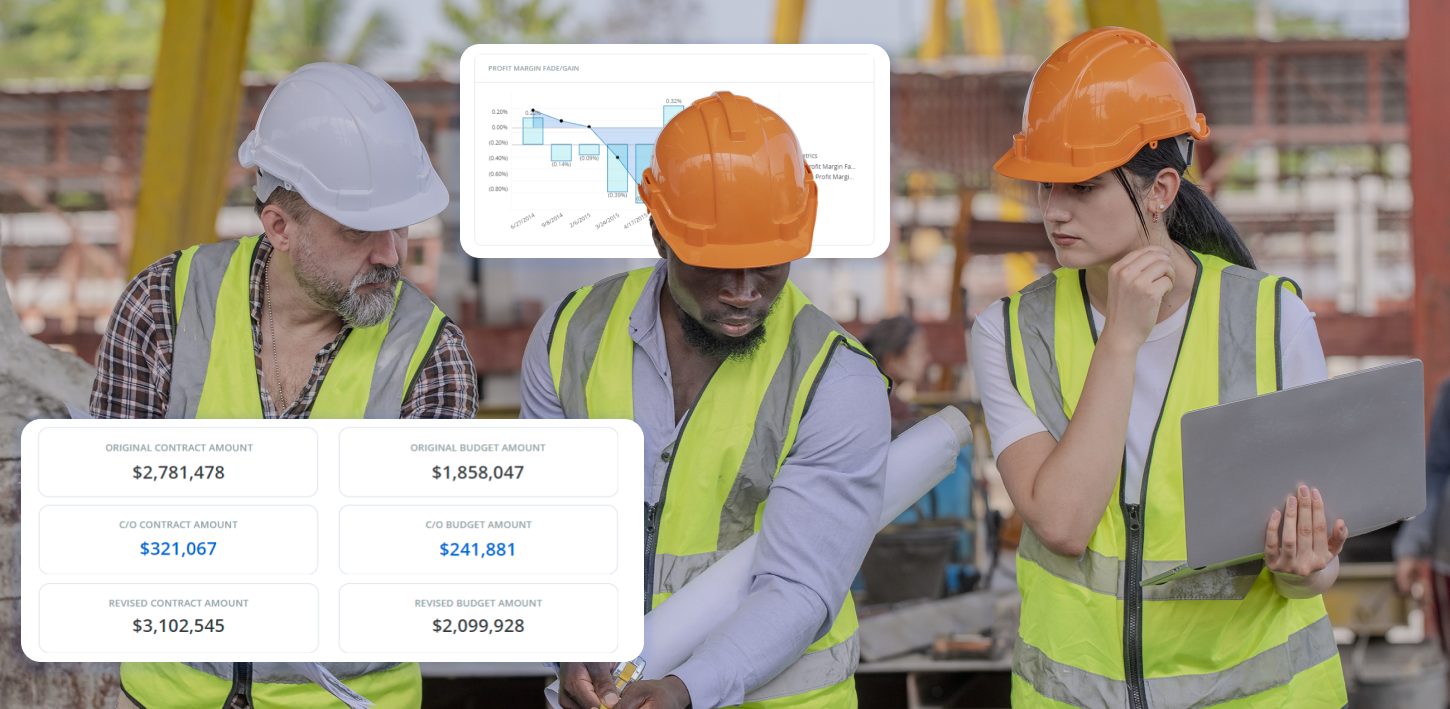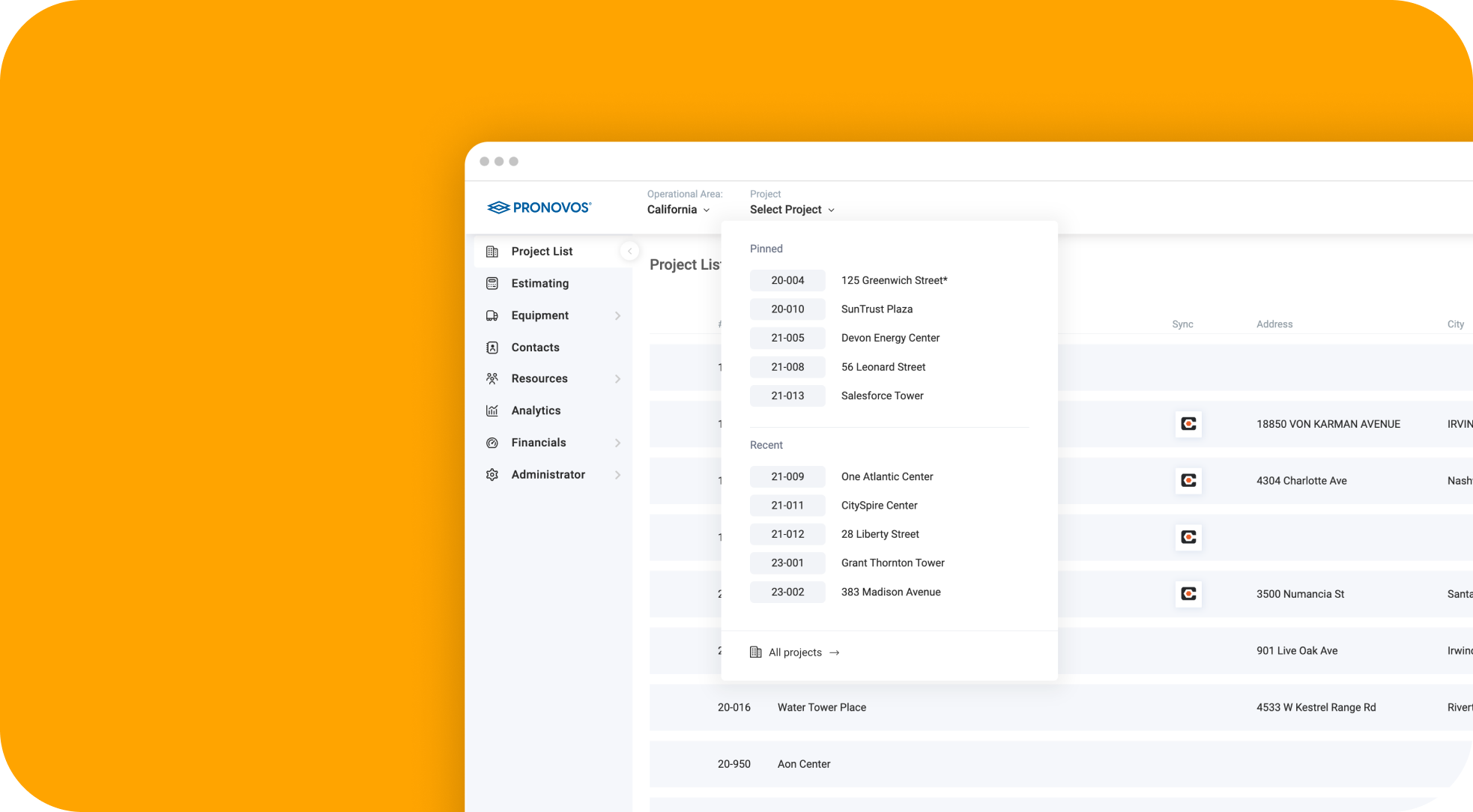PENTA’s D&I efforts go back a few years and began with a focus on bringing more women into the construction business, followed by looking more carefully at considerations around race, ethnicity and social justice. During the Autodesk University presentation, Cole plans to underscore the benefits of paying attention to the “I” in D&I. “My primary purpose, personally, is really on making sure that we have an inclusive culture within our organization and in the industry,” he said. “My call to action would be for companies to try to gauge whether their employees feel they are included, on both a personal and professional level.”
Building a more-inclusive workplace can start with something as simple as encouraging colleagues to chat with each other about their hobbies, interests, life experiences and struggles. “It’s just about engaging on a personal level,” Cole said. “When you can make those connections, it strengthens your work relationships and develops the teamwork that is so vital for us to keep pushing through some of these inefficiencies that still exist in our industry.”
Stronger person-to-person connections also make it easier for peers to engage in dialog about challenging or uncomfortable material related to D&I, says Cole, who holds a certificate in Diversity, Equity and Inclusion in the Workplace from the University of South Florida.
Cole recounts seeing PENTA colleagues summon the vulnerability to be open about difficult topics during training sessions on unconscious bias. “We have had those uncomfortable conversations here at the company, which we would never have typically done before,” he said. “The bulk of it really is thinking about how we communicate with each other.”
While these types of explorations aren’t always easy, they help people see more clearly some of the assumptions they may have been making about people from different backgrounds.
“You find that you actually have more in common than you think,” Cole explains. “We tend to put people into different buckets: ‘You’re like this because you look like that.’ But when you really get to know someone else, you realize that we’re all just human beings. We all have good values and want to achieve the same things.”
During the presentation, Cole also aims to emphasize the business benefits of maintaining an inclusive workplace. Feeling more freedom to question inefficiencies—whether on the technological or interpersonal front—is bound to translate into higher results, he says.
“Part of our mission statement for our diversity group here at PENTA is driving innovation and growth. We want to continue to grow and learn and stay on the cutting edge. We can’t do that if we insist on doing things the way they’ve always been done.”




